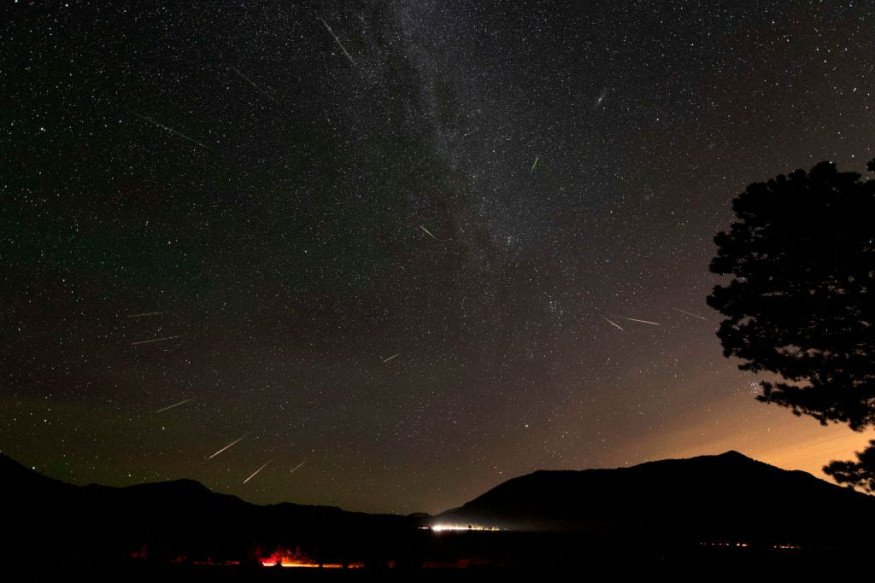
The October Orionid meteor shower is one of the most exciting sky events of the year. It happens every year between Oct. 16 and 26, and it's known for its reliable and beautiful displays, much like the December Geminids and the August Perseids.
Orionid Meteor Shower Peak Viewing
This year, the Orionids are expected to peak in the early hours of Monday, Oct. 21, with up to 20 meteors visible per hour under perfect conditions.
However, a bright waning gibbous moon will make it harder to see the meteors, as it will light up the sky nearly all night.
The meteors are called "Orionids" because they seem to come from a spot near the constellation Orion, specifically near its second brightest star, Betelgeuse. This year, Orion will be visible above the eastern horizon after 11:30 p.m., making the best viewing time around 5 a.m., when it will be at its highest point in the southern sky, according to USA Today.
The Orionid can be seen clearly from both the Northern and Southern Hemispheres, making it a truly global event. Typically, Orionid meteors are faint, which means they might be hard to see if you live in a city with lots of lights. For the best experience, it's recommended to find a safe and dark rural area.
Final Chance to Witness the Spectacular Orionid Meteor Shower
After the peak on Oct. 21, the number of meteors will gradually decline, with around five meteors per hour expected by Oct. 25. This October has already been full of amazing celestial happenings, including comets and supermoons, and the Orionid is a perfect way to cap off the month.
Each meteor travels at incredible speeds of about 148,000 miles per hour, making them a stunning sight. According to the American Meteor Society, the Orionid meteor shower occurs annually from about Oct. 2 to Nov. 12.
The best viewing opportunities are in the early morning hours, starting after midnight until dawn. If you want to see the meteors, find a spot with a clear view of the sky.
To make the most of your experience, the American Meteor Society suggests lying back on a blanket or chair and looking up at a point in the sky. If it's bright near the horizon, it's best to gaze directly upward, as most meteors will be visible lower in the sky.
Remember, the Orionids are caused by debris from Halley's Comet, which also produces another meteor shower known as the Eta Aquarids every May. So, get ready to enjoy this stunning display of shooting stars this weekend!
© 2024 NatureWorldNews.com All rights reserved. Do not reproduce without permission.






